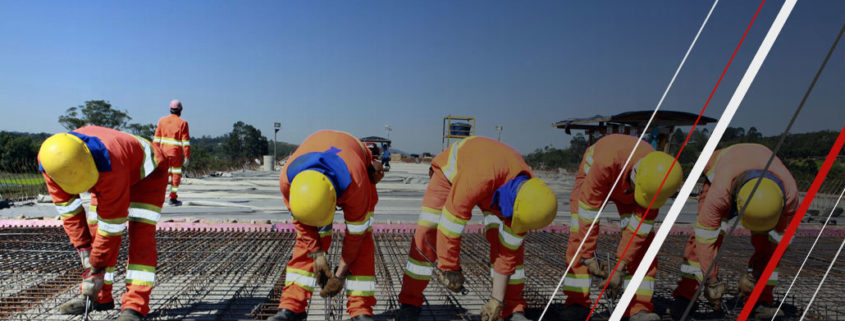Glass blocks could soon see buildings generating their own power
According to the energy harvesting journal, renewable energy experts from the University of Exeter are developing a pioneering new technique using glass blocks that could accelerate the widespread introduction of net-zero energy buildings through the latest Building Integrated Photovoltaics (BIPV).
Simply put, they have created an innovative glass block that can be incorporated into a building and by turning the suns energy into electricity without the use of solar panels, can generate electricity.
It is thought that buildings consume more than forty percent of the electricity produced across the globe. This new technology would allow electricity to be produced at the site of use, whilst being seamlessly integrated into the building.
The blocks, called Solar Squared, are designed to fit seamlessly into either new buildings, or as part of renovations in existing properties. They are similar to existing glass blocks by allowing daylight to resonate around a property by replacing traditional bricks and mortar with transparent glass bricks. Crucially, however, the Solar Squared blocks have intelligent optics that focus the incoming solar radiation onto small solar cells, enhancing the overall energy generated by each solar cell. The electricity generated will then be available to power the building, be stored or used to charge electric vehicles.
Dr Hasan Baig, founder of Build Solar and Research Fellow from the University of Exeter’s Environment and Sustainability Institute said: “BIPV is a growing industry with a 16% annual growth rate. Setting up a company, which can cater to this growing market shall prove beneficial for the UK economy in the long term.We are aiming to build integrated, affordable, efficient and attractive solar technologies, which have the smallest impact on the local landscape. It’s an exciting venture and one that should capture the imagination of the construction industry, when looking to develop new office blocks and public buildings or infrastructure projects such as train stations and carparks,” said Professor Tapas Mallick, chief scientific advisor for Build Solar.
They hope that the blocks will be cheaper than conventional glass blocks, and can be easily used in conjunction with traditional building materials.
According to Solar Squared, they aim to build integrated, affordable, efficient, and attractive solar technologies as part of the building’s architecture, in places where energy demand is highest, whilst having minimal impact on the landscape and on quality of life. They are at present actively seeking sites to demonstrate their technology.
To read more about solar squared please go here
Source: Energy Harvesting Journal











